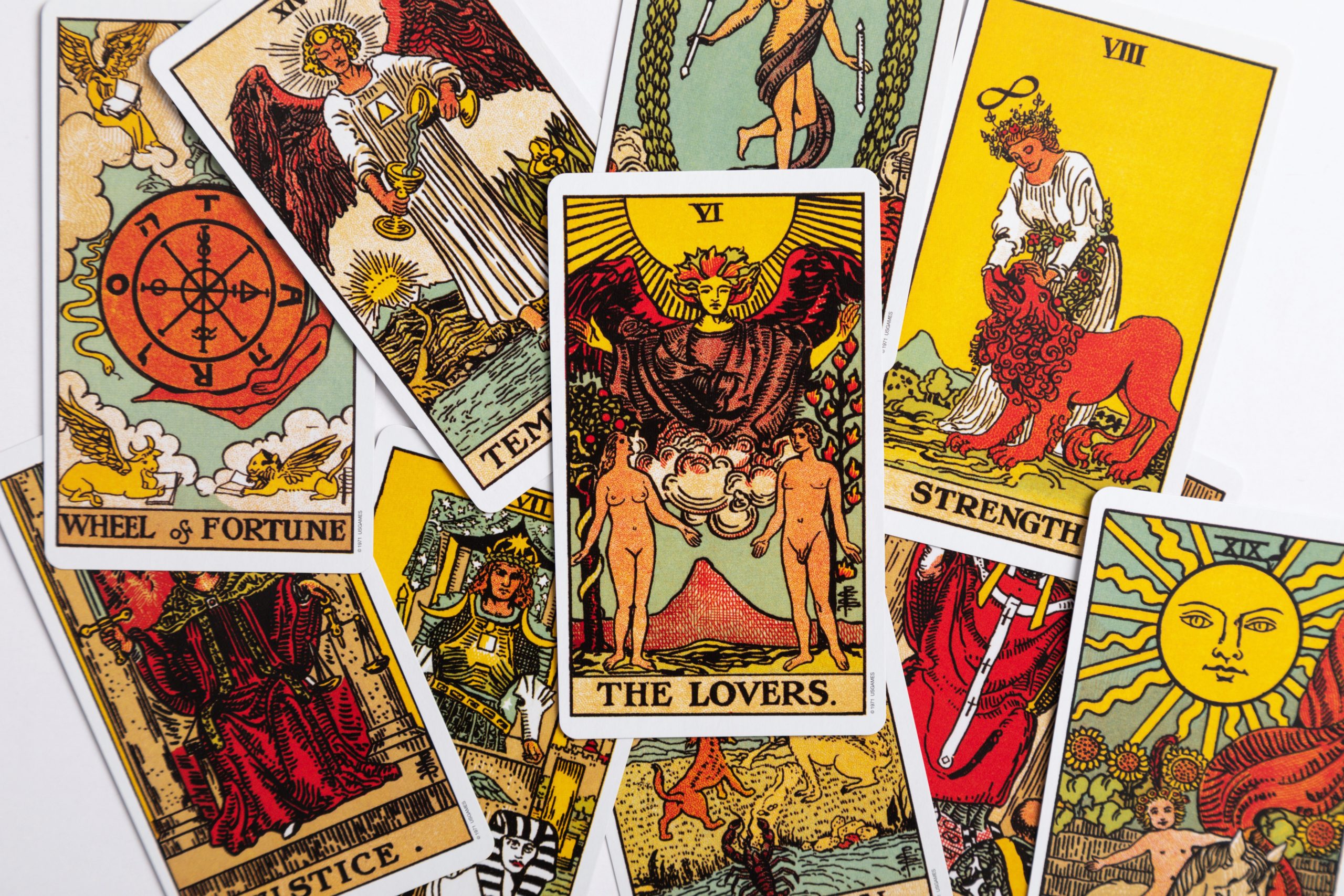Exploring the Waning Gibbous Phase: A Guide to the Lunar Cycle
The waning gibbous phase is a fascinating part of the lunar cycle that occurs after the full moon. It is a time when the moon begins to shrink in size, and its illumination diminishes gradually. In this article, we will delve into the intricacies of the waning gibbous phase, explore its characteristics, and shed light on its significance. So, let’s embark on this lunar journey together!
Understanding the Lunar Cycle
Before diving into the specifics of the waning gibbous phase, it is crucial to have a solid understanding of the lunar cycle as a whole. The moon goes through eight distinct phases during its 29.5-day orbit around the Earth. These phases include the new moon, waxing crescent, first quarter, waxing gibbous, full moon, waning gibbous, last quarter, and waning crescent, before starting the cycle anew.
Each phase occurs due to the changing positions of the moon, Earth, and the sun. As the moon orbits the Earth, different parts of its illuminated surface become visible to us, providing the stunning visual display we know as the lunar cycle.
The Waning Gibbous Phase: An Overview
The waning gibbous phase occurs immediately after the full moon. At this point, approximately three-quarters of the moon is still illuminated, but its brightness gradually wanes with each passing night. This phase spans over several days, offering us the opportunity to observe the moon’s gradual transformation.
During the waning gibbous phase, the moon occupies a position in the sky where it is visible for the majority of the night. This phase is ideal for stargazers and sky enthusiasts who enjoy observing the moon’s changing appearance.
Characteristics of the Waning Gibbous Phase
1. Illumination: As mentioned earlier, the waning gibbous phase marks a decrease in the moon’s brightness. The illuminated portion of the moon gradually decreases each day until it reaches the next phase.
2. Appearance: In terms of appearance, the waning gibbous moon is distinguishable by its shape. It appears as a large disk with a small sliver of darkness on its right side (in the northern hemisphere) or its left side (in the southern hemisphere).
3. Visibility: During the waning gibbous phase, the moon is visible for a significant portion of the night. It rises in the east during the late evening and sets in the west in the early morning hours.
4. Location: The waning gibbous moon can be observed anywhere in the sky, similar to the waxing gibbous phase. Its position changes each night, providing ample opportunities for observation and photography.
The Significance of the Waning Gibbous Phase
The waning gibbous phase holds great significance both astronomically and culturally. Here are a few ways in which this phase impacts our lives:
Astronomical Significance
The waning gibbous phase allows astronomers and researchers to study and analyze the moon’s surface in detail. With the decreased brightness, it becomes easier to observe features such as craters, mountains, and valleys. This phase also offers opportunities to capture stunning photographs of the moon, highlighting its intricate contours.
Additionally, the waning gibbous phase plays a vital role in understanding the moon’s gravitational influence on the Earth. The moon’s gravitational pull affects the tides and various other natural phenomena, providing scientists with valuable data for further research.
Cultural and Spiritual Significance
The moon’s phases have deep-rooted cultural and spiritual significance across many societies and traditions. In different cultures, the waning gibbous phase is associated with various symbolic meanings. For example, it may represent reflection, introspection, or preparation for the next cycle of life.
In astrology and horoscopes, the waning gibbous phase can influence interpretations and predictions. Many individuals believe that certain activities, such as cultivating personal growth or letting go of negative habits, are best undertaken during this phase.
Observing the Waning Gibbous Moon
Observing the waning gibbous moon is a rewarding experience for both amateur astronomers and casual skywatchers. Here are a few tips to enhance your moon-watching experience:
Equipment
To observe the waning gibbous moon, you don’t need any specialized equipment. However, having a pair of binoculars or a telescope can bring out finer details and make your experience more immersive. Remember to adjust the focus and magnification according to your preferences.
Location and Timing
Find a location with minimal light pollution to maximize your viewing experience. Choose a spot with an unobstructed view of the sky, away from buildings and trees. Additionally, be mindful of the moonrise and moonset times in your area, ensuring you have enough time to observe the moon throughout the night.
Photography
Capturing the waning gibbous moon through photography can be a captivating experience. To capture its beauty, use a tripod to stabilize your camera and experiment with different exposure settings. Long exposure shots can produce stunning results, showcasing the moon’s ethereal glow against the night sky.
Conclusion
The waning gibbous phase offers us a chance to witness the moon’s transformative journey as it wanes in brightness. This phase presents opportunities for astronomical exploration and cultural interpretations. Whether you are an ardent sky observer or simply enjoy contemplating the wonders of nature, the waning gibbous phase invites you to revel in the ever-changing beauty of our celestial companion, the moon.
Table of Contents
